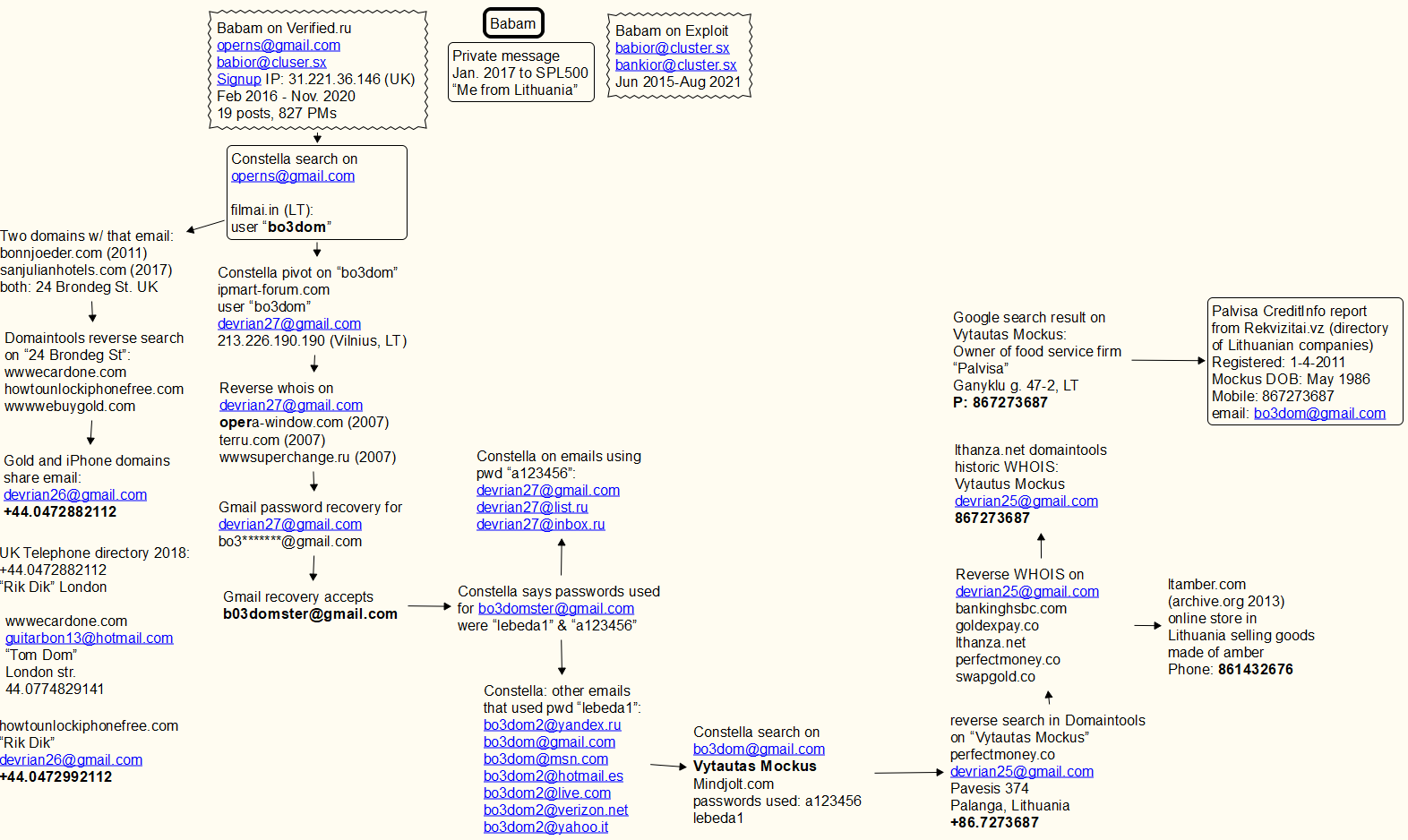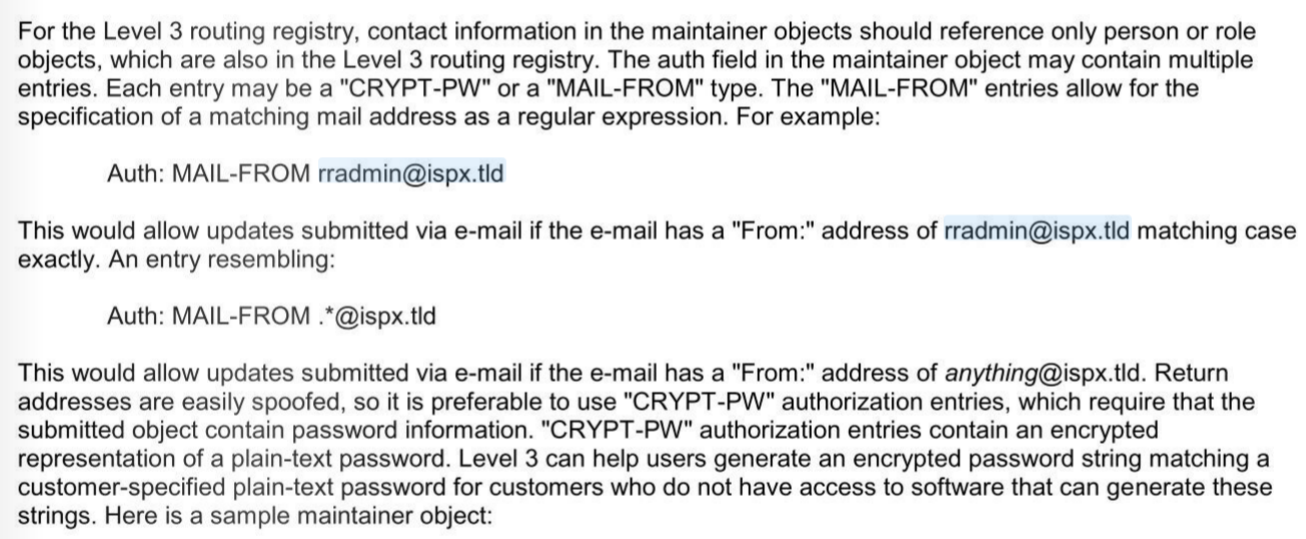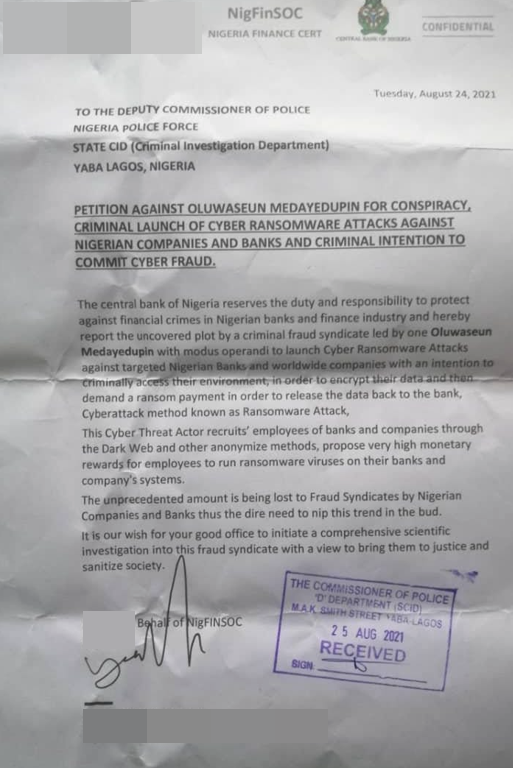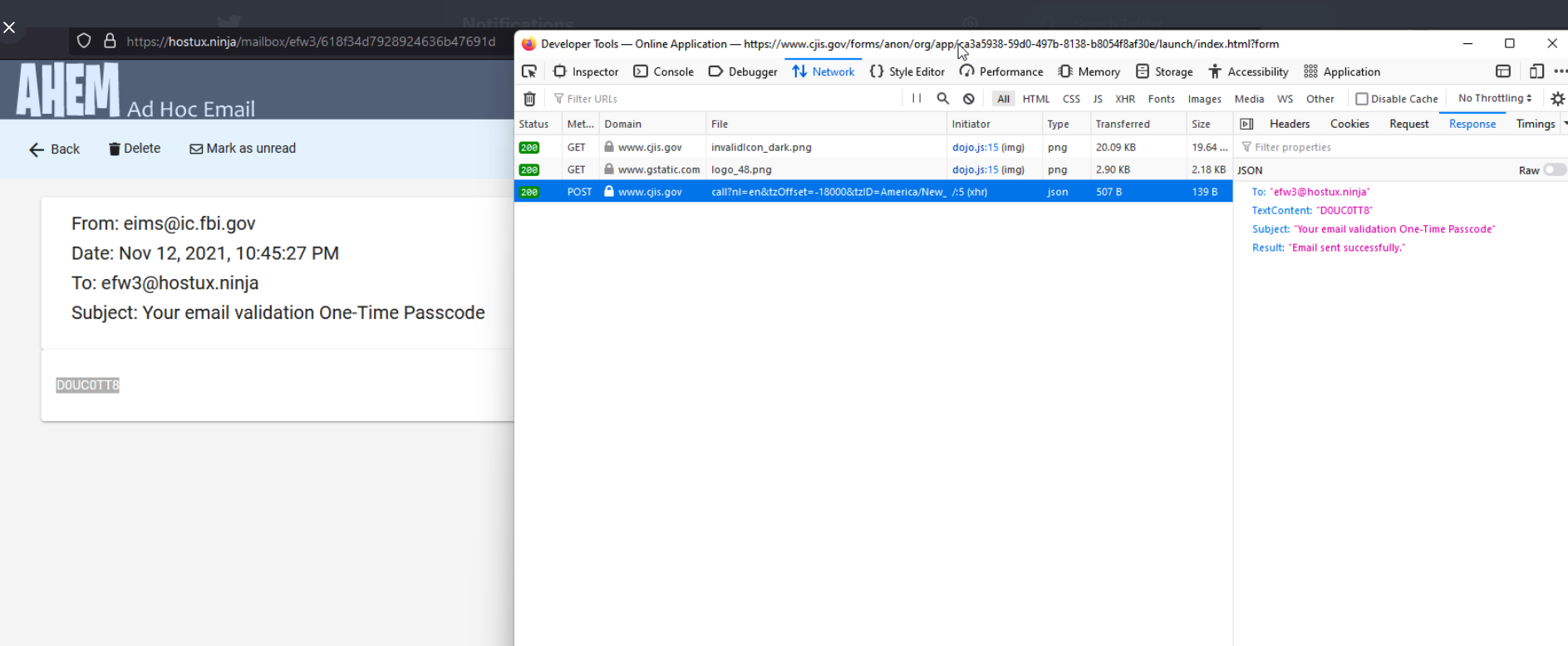Microsoft, Adobe, and Google all issued security updates to their products today. The Microsoft patches include six previously disclosed security flaws, and one that is already being actively exploited. But this month’s Patch Tuesday is overshadowed by the “Log4Shell” 0-day exploit in a popular Java library that web server administrators are now racing to find and patch amid widespread exploitation of the flaw.

Log4Shell is the name picked for a critical flaw disclosed Dec. 9 in the popular logging library for Java called “log4j,” which is included in a huge number of Java applications. Publicly released exploit code allows an attacker to force a server running a vulnerable log4j library to execute commands, such as downloading malicious software or opening a backdoor connection to the server.
According to researchers at Lunasec, many, many services are vulnerable to this exploit.
“Cloud services like Steam, Apple iCloud, and apps like Minecraft have already been found to be vulnerable,” Lunasec wrote. “Anybody using Apache Struts is likely vulnerable. We’ve seen similar vulnerabilities exploited before in breaches like the 2017 Equifax data breach. An extensive list of responses from impacted organizations has been compiled here.”
“If you run a server built on open-source software, there’s a good chance you are impacted by this vulnerability,” said Dustin Childs of Trend Micro’s Zero Day Initiative. “Check with all the vendors in your enterprise to see if they are impacted and what patches are available.”
Part of the difficulty in patching against the Log4Shell attack is identifying all of the vulnerable web applications, said Johannes Ullrich, an incident handler and blogger for the SANS Internet Storm Center. “Log4Shell will continue to haunt us for years to come. Dealing with log4shell will be a marathon,” Ullrich said. “Treat it as such.” SANS has a good walk-through of how simple yet powerful the exploit can be.
John Hultquist, vice president of intelligence analysis at Mandiant, said the company has seen Chinese and Iranian state actors leveraging the log4j vulnerability, and that the Iranian actors are particularly aggressive, having taken part in ransomware operations that may be primarily carried out for disruptive purposes rather than financial gain.
“We anticipate other state actors are doing so as well, or preparing to,” Hultquist said. “We believe these actors will work quickly to create footholds in desirable networks for follow-on activity, which may last for some time. In some cases, they will work from a wish list of targets that existed long before this vulnerability was public knowledge. In other cases, desirable targets may be selected after broad targeting.”
Researcher Kevin Beaumont had a more lighthearted take on Log4Shell via Twitter:
“Basically the perfect ending to cybersecurity in 2021 is a 90s style Java vulnerability in an open source module, written by two volunteers with no funding, used by large cybersecurity vendors, undetected until Minecraft chat got pwned, where nobody knows how to respond properly.”
The Cybersecurity and Infrastructure Security Agency (CISA) has joined with the FBI, National Security Agency (NSA) and partners abroad in publishing an advisory to help organizations mitigate Log4Shell and other Log4j-related vulnerabilities.


















 The fraudster then uses the code to complete the password reset process, and then changes the victim’s online banking password. The fraudster then uses Zelle to transfer the victim’s funds to others.
The fraudster then uses the code to complete the password reset process, and then changes the victim’s online banking password. The fraudster then uses Zelle to transfer the victim’s funds to others.




